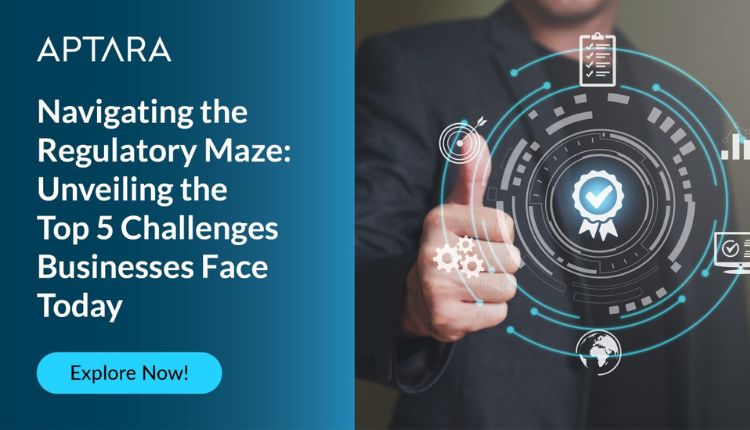Understanding and adhering to regulatory requirements is a crucial aspect of operating in heavily regulated industries. From environmental permits to workplace safety, navigating these challenges requires well-thought-out strategies that reduce risks and maintain compliance. Below, we explore five tailored approaches to help businesses overcome regulatory hurdles effectively.
1. Understand Regulatory Landscapes Through Research
Every industry has unique regulations that evolve over time. To stay compliant, businesses must stay informed of current laws and upcoming changes.
Start by identifying the specific regulations applicable to your operations. Tools like government resources or regulatory updates from industry bodies can provide clarity. For instance, if your business deals with environmental permits, consulting air quality consultants is essential for ensuring your permits meet local and federal environmental standards. Proactive research can prevent penalties and delays.
2. Build a Strong Compliance Team
Having a dedicated compliance team ensures accountability and expertise in regulatory matters. This team should consist of professionals with in-depth knowledge of industry-specific legislation and operational policies.
Regular training sessions can keep the team up-to-date with changing regulations. For example, a manufacturing unit might establish safety audits and train team members on the implications of OSHA (Occupational Safety and Health Administration) guidelines. A strong team can act as the organization’s backbone in achieving all compliance goals.
3. Leverage Technology for Compliance Management
Compliance technologies simplify the process of adhering to regulations. Platforms for tracking regulatory changes, automating documentation, or conducting internal audits can help streamline operations.
For example, businesses can use risk management software to monitor environmental data and ensure compliance with emissions standards. Automation reduces human errors and ensures precision when submitting compliance reports to regulatory agencies. Adopting the right technology creates efficiencies, making adherence to regulations manageable even in complex scenarios.
4. Develop Contingency Plans for Regulatory Audits
Audits are a part of sustaining compliance. Therefore, businesses must prepare for inspections and audits by regulatory authorities. Planning ahead minimizes disruptions and ensures cooperation during the auditing process.
Create a checklist of required documentation, such as permits, emissions data, or operational logs, to avoid last-minute scrambles. For businesses managing multiple locations, providing centralized access to compliance data ensures consistent representation during inspections. With well-structured plans, audits become opportunities to prove organizational compliance rather than stressors.
5. Foster Collaborative Communication Within Teams
Navigating regulatory challenges requires not just technical know-how, but also effective communication across departments. Cross-functional collaboration ensures everyone understands their roles in maintaining compliance.
Encourage departments such as operations, HR, and legal to share knowledge and strategies. For instance, when rolling out environmental changes, align legal teams with project managers to gather feedback and adjust processes efficiently. A collaborative culture ensures every area of the organization contributes to regulatory success.
By implementing these strategies, businesses can reduce risks, streamline compliance processes, and build a solid foundation for operational success while facing regulatory challenges.






